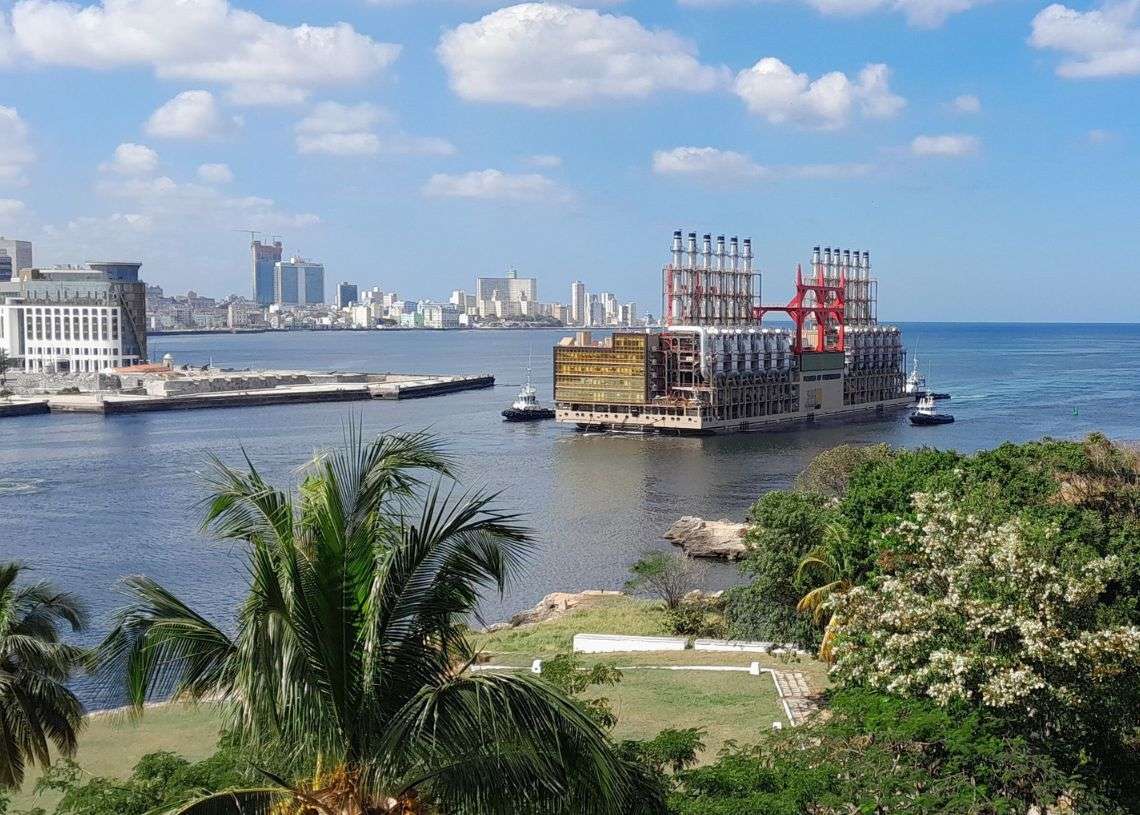A new floating plant arrived this Wednesday in Havana to contribute to the power generation on the islandaccording to the Cuban Ministry of Energy and Mines.
It is a large capacity plant, which can generate 240 MW, the entity said on Twitter.
The publication does not specify when it could start working and connect to the National Electric System (SEN)
Although the ministry did not confirm the origin of the floating plant in its tweet, it has the Turkish flag as can be seen in the published image.
#Cuba ??
already in the bay #Havana new 240 MW Floating Plant pic.twitter.com/ZcWzh2unwf— Ministry of Energy and Mines of Cuba ?? (@EnergiaMinasCub) February 1, 2023
This would be the eighth plant of its type with Turkish technology to arrive on the island. The previous one, of 110 MW, arrived in mid-November and synchronized almost a month later to the SEN.
Then, was explained that his arrival was “part of the strategy for power recovery through thermal generation”, as an alternative to face the electrical energy crisis in the country.
These floating plants are part of an agreement between Cuba and the Turkish company Karadeniz Holding, in operation since 2019. They are installed in the bays of Havana and Mariel, and after the entry into operation of the seventh, a contribution of more than 400 MW to the SEN
Specialists from the Unión Eléctrica (UNE) explained that, in 2023, floating plants must deliver between 18 and 20% of the electricity generation on the island.
In the last two years, and in parallel to a severe economic crisis, Cuba has suffered a complex situation in electricity generation, marked by continuous breaks in generating plants, shutdowns for maintenance, problems with access to fuel and, consequently, long blackouts across the country.
This, in turn, has generated criticism and discomfort among the population, and has motivated protests in different Cuban towns.
















